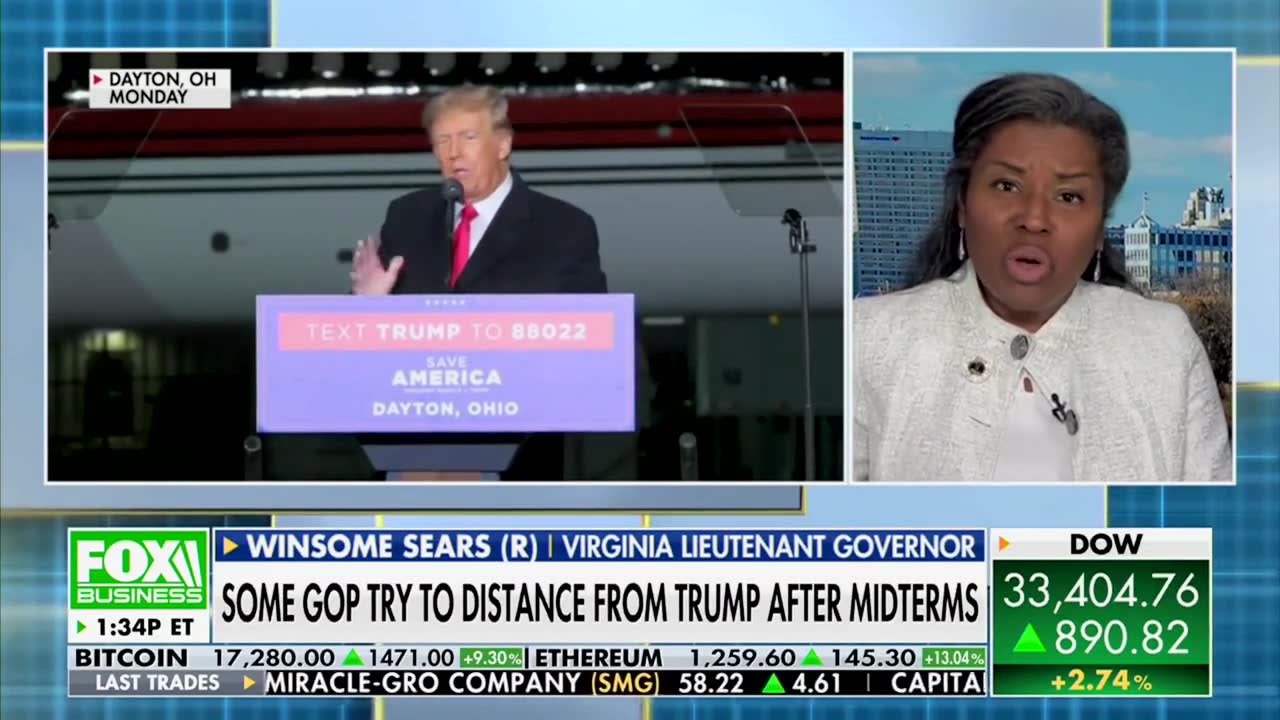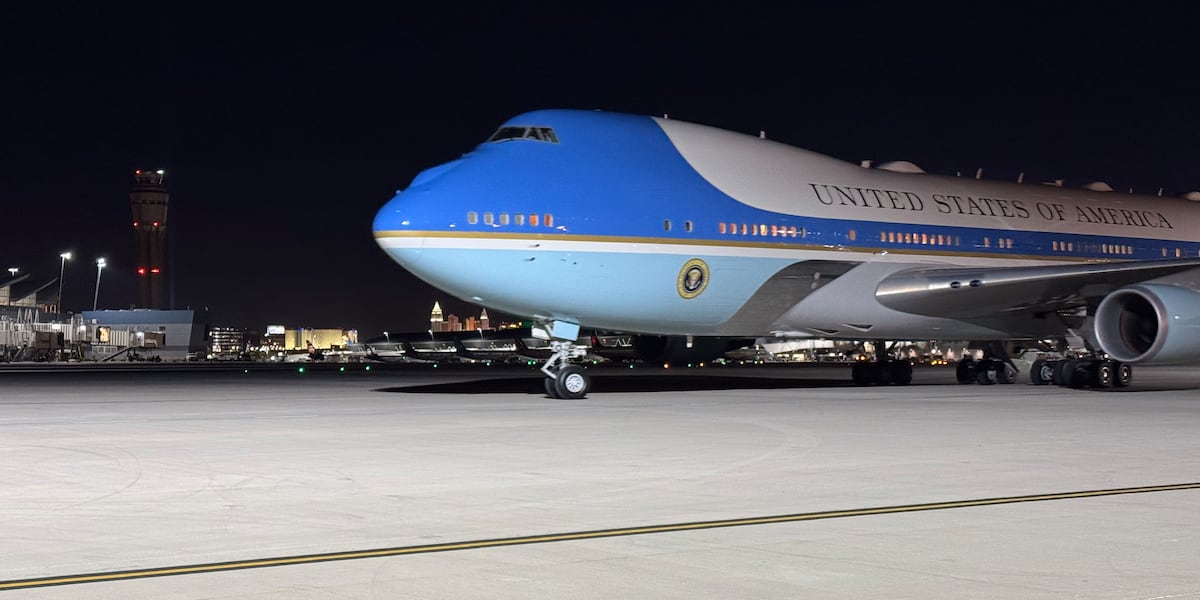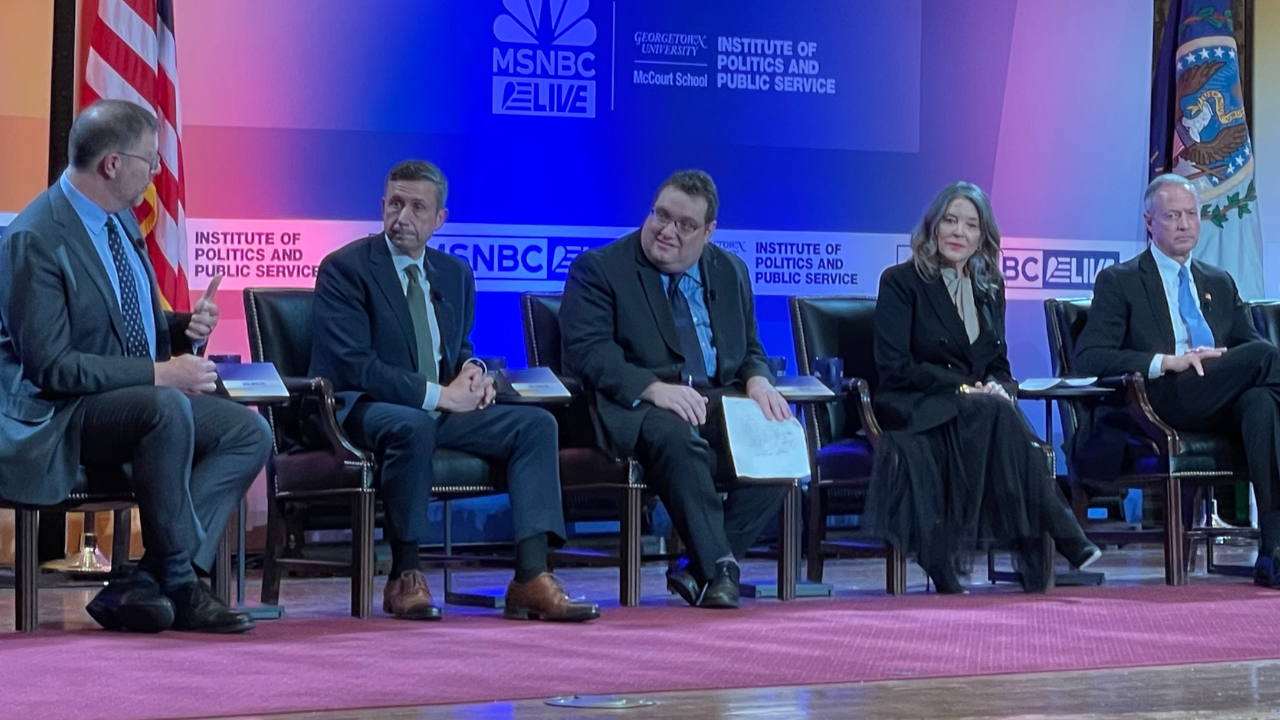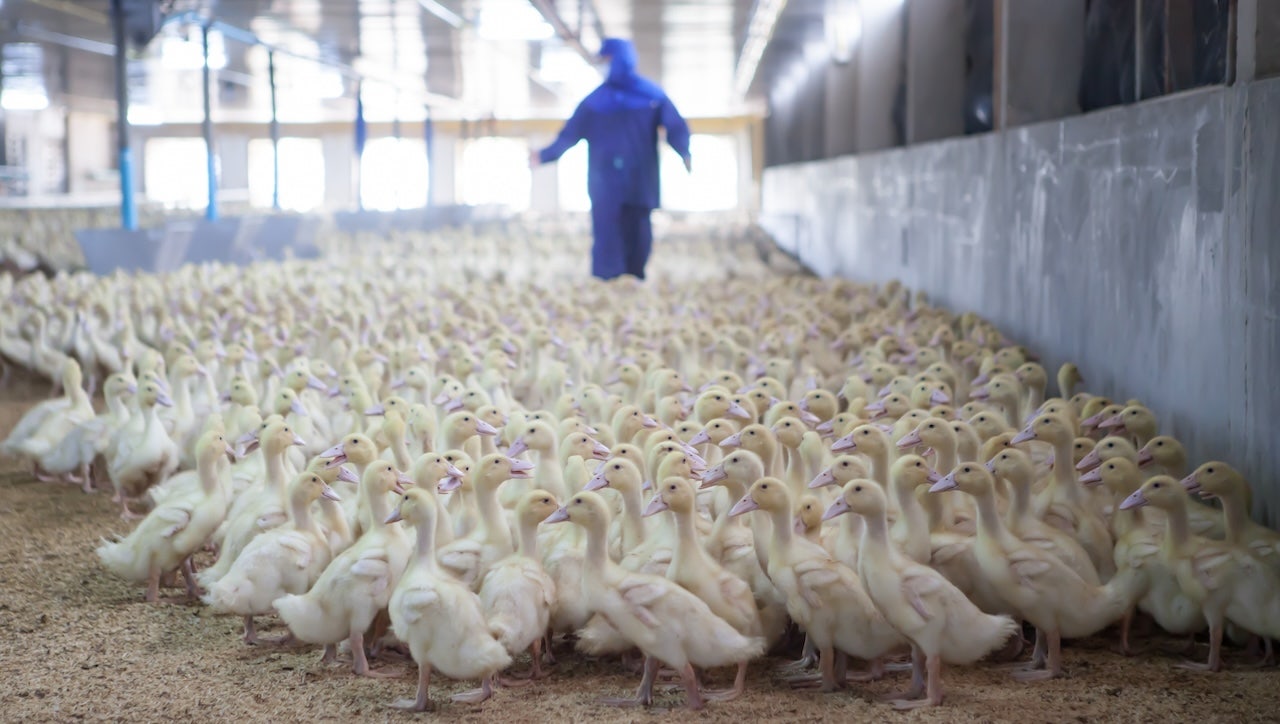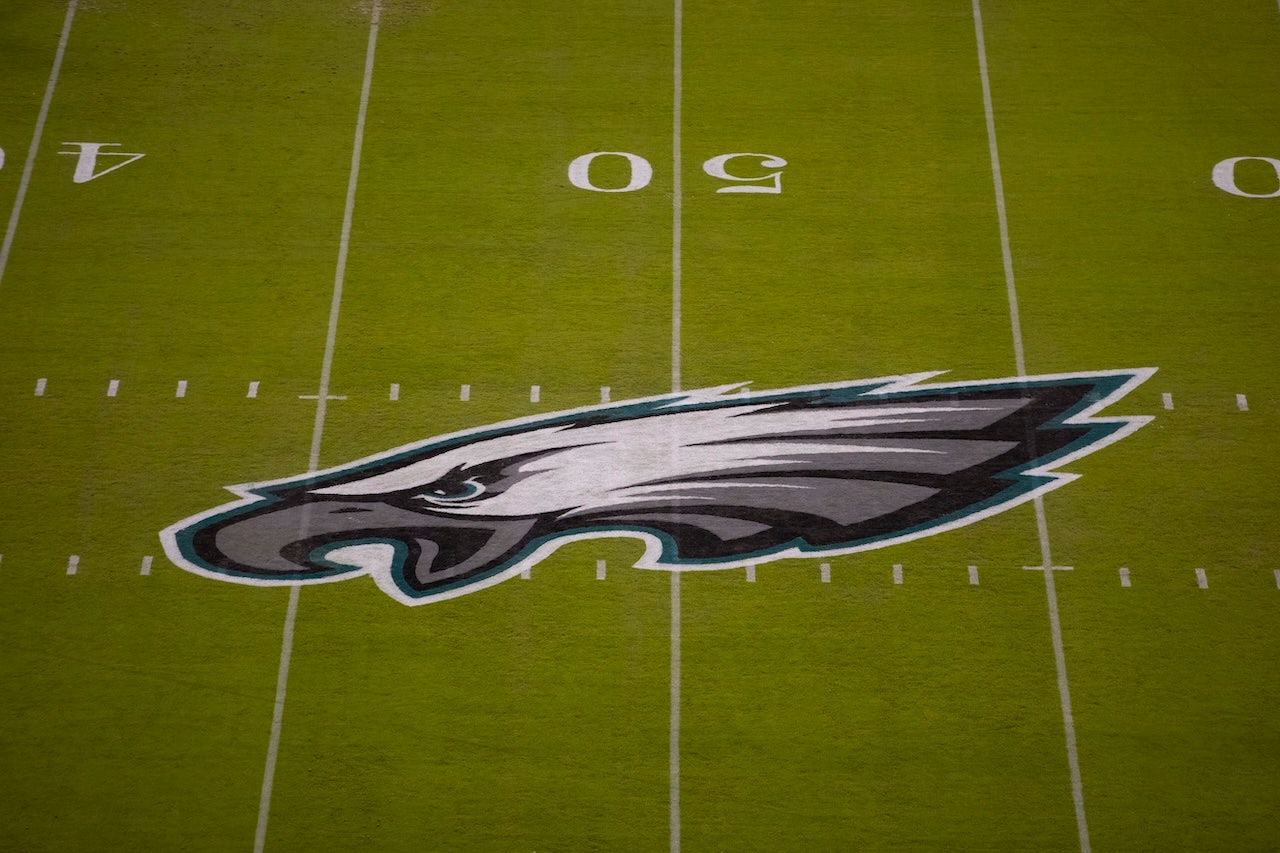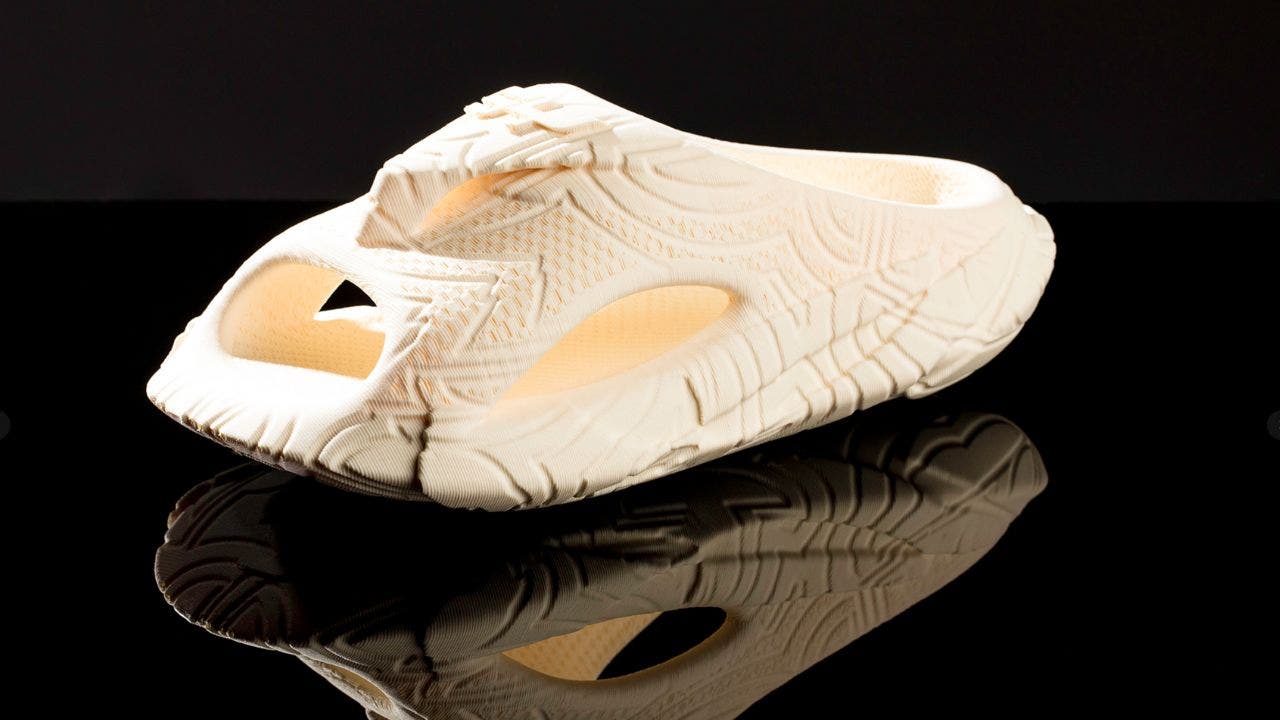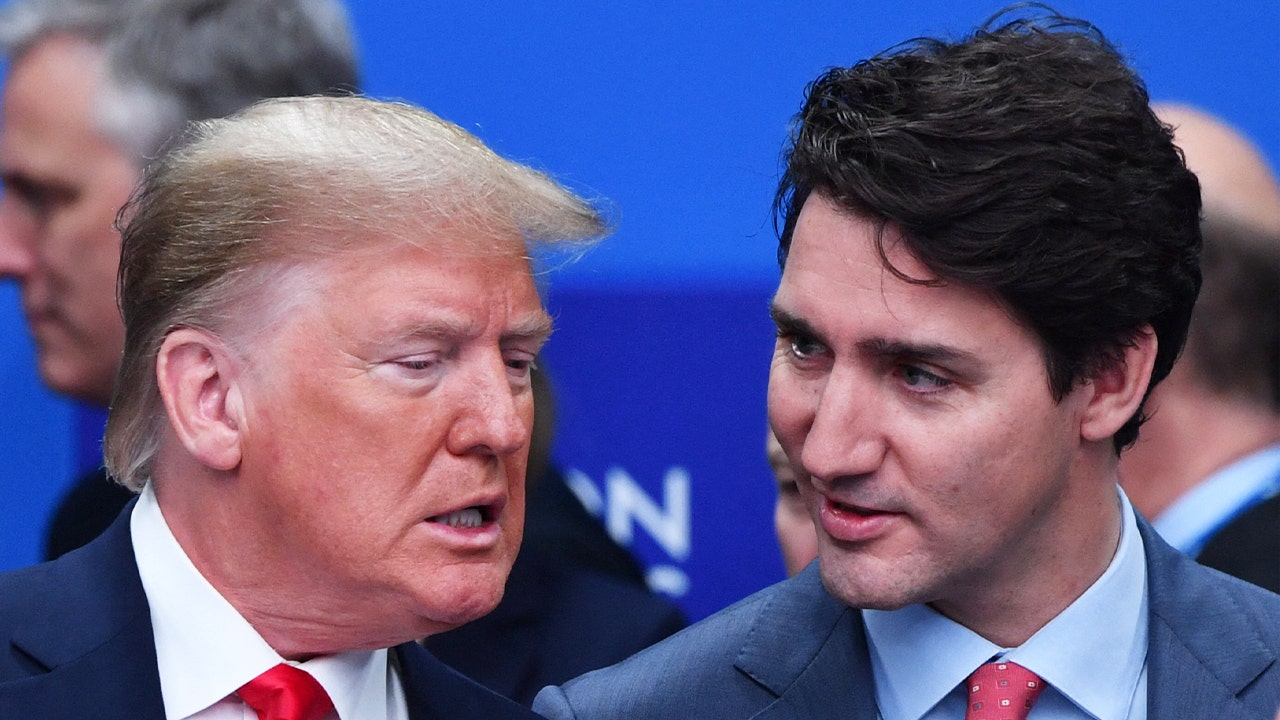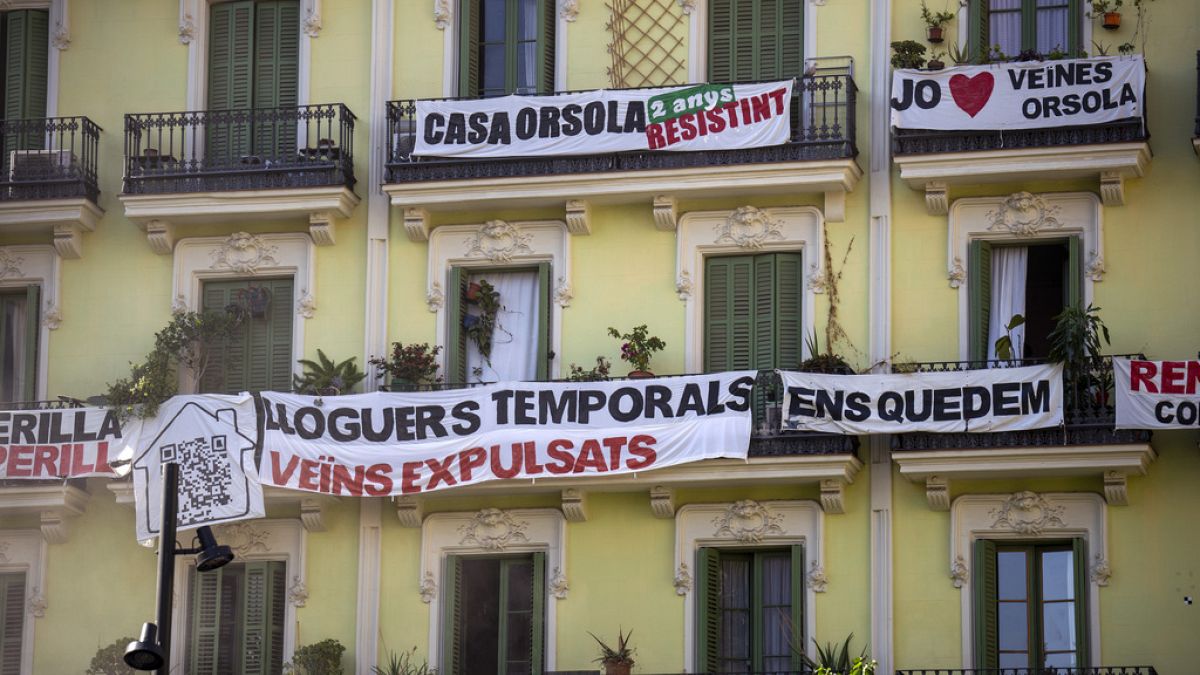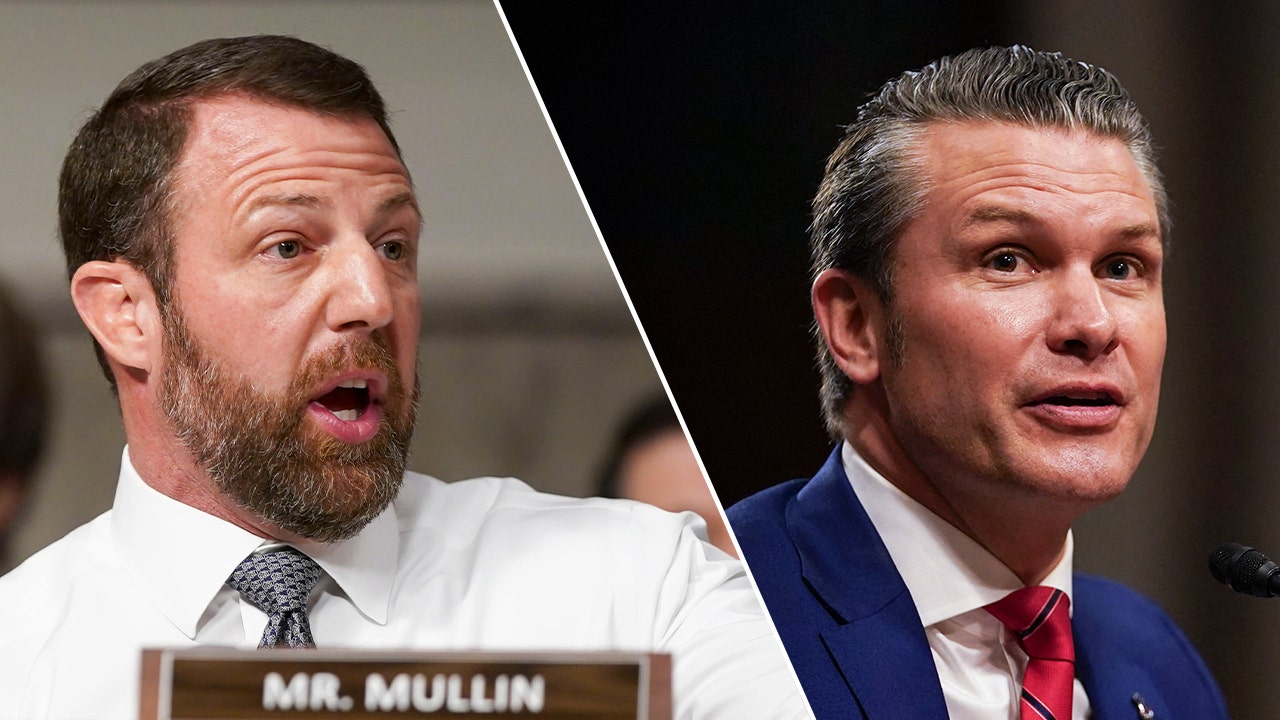Hamas freed two Israeli hostages on Saturday, as the fourth exchange of a fragile ceasefire in Gaza got under way.
The Israeli military said the two men — Yarden Bibas and Ofer Kalderon — had been handed over to Israeli forces in Gaza, and returned to Israel. A third Israeli hostage is also expected to be released as part of Saturday’s exchange. In return, Israel is due to free 183 Palestinian prisoners.
In a further milestone in the two-week old ceasefire, a group of wounded Palestinians is expected to leave Gaza later on Saturday through the Rafah crossing point to Egypt, which has been closed since Israeli forces seized control of it during their offensive in the enclave last May.
The six-week truce is the first part of a complex three-stage deal thrashed out by US-led mediators that has raised hopes of an end to the 15-month war in Gaza, which has become the deadliest round of fighting in the history of the Israeli-Palestinian conflict.
Bibas, 35, and Kalderon, 54, were both seized with family members from the kibbutz of Nir Oz, which lies less than two kilometres from Gaza, during the shock October 7, 2023 attack by Hamas that triggered the war.
Two of Kalderon’s children, Erez and Sahar, who were kidnapped with him, were freed during the war’s only previous truce in late 2023. However, Bibas’s wife Shiri and their two children, Ariel and Kfir, have not been returned.
At just nine months old, Kfir Bibas was the youngest hostage to be seized, and footage of Shiri clinging to him and his four-year-old brother Ariel as the family was kidnapped has become one of the enduring images in Israel of Hamas’s attack.
Hamas claimed early in the war that the three had been killed in an Israeli air strike in Gaza. Israeli officials have consistently said they could not verify the claim, but have expressed grave concern over their fate.
In total, Hamas militants killed 1,200 people on October 7, according to Israeli officials, and seized 250 hostages.
Israel responded with a devastating assault on Gaza that has killed more than 47,000 people, according to Palestinian officials, reduced most of the enclave to rubble and stoked a humanitarian catastrophe.
About 100 hostages were freed during the previous truce in 2023, while a handful have been rescued by Israeli forces. Israel has also retrieved the bodies of several hostages. Before Saturday’s exchange, 82 hostages — at least half of whom are believed to be dead — remained in Gaza.
In total, Hamas was due to release 33 hostages in exchange for about 1,900 Palestinian prisoners under the first stage of the deal. But Israeli officials said this week that Hamas had informed it that eight of the 33 — which include women, children, the sick and the elderly — were dead.
During the second phase — over which Israel and Hamas are due to start negotiating in the coming days — Hamas is meant to release all remaining living hostages in exchange for hundreds more Palestinian detainees, the full withdrawal of Israeli troops from Gaza and a permanent end to the war.
The third and final phase will involve the return of the remaining bodies of hostages who have died and the reconstruction of Gaza.

